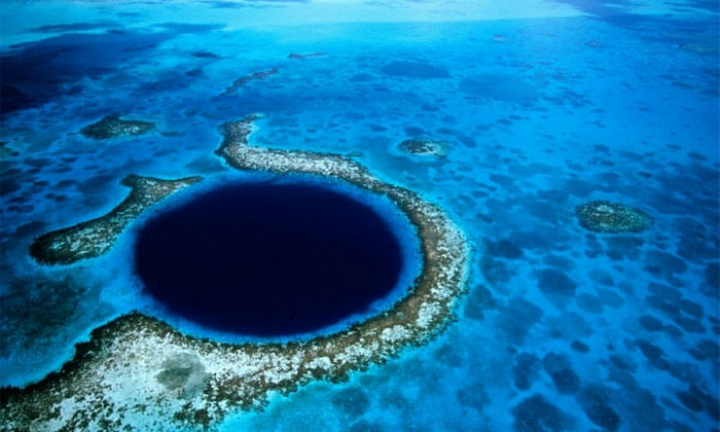Pollution Travels Fast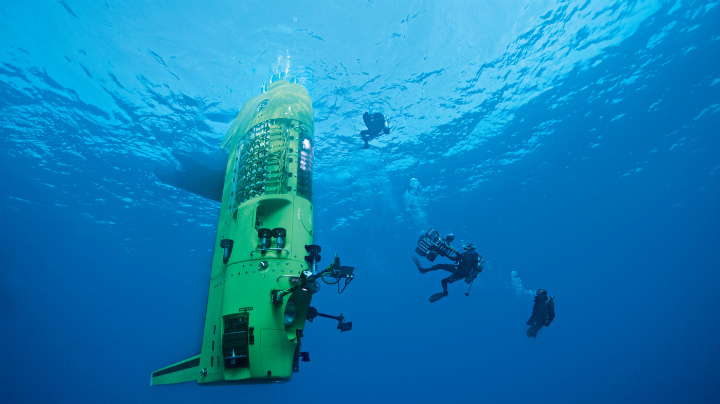
A recent study on the Mariana Trench concluded that its pollution level was way more than the most polluted rivers in China and it was a clear sign of worry. The study also explained that the possible reason for such extreme conditions was the polluted plastic in the region. There are many reasons behind the terrible condition of our seas and oceans, including trash from ships, beaches and the polluted rivers that ultimately flows into the sea and there are a very few things we can do about it.
A Banal Object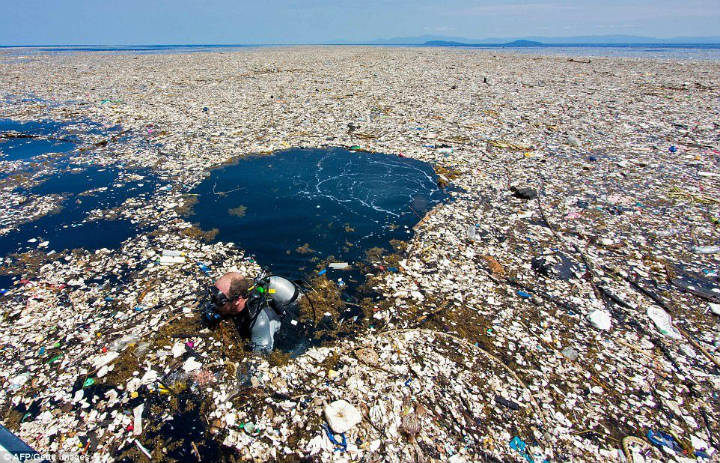
The plastic dumped from ships and abandoned fishing gear are also to be blamed for directly polluting the oceans. The useless and ordinary objects for human beings are wreaking havoc in nature by destroying marine life and its habitat. The stats were no different after a study published in 2017 proved that the discarded fishing gear was what that made the bulk of the garbage in the Pacific. To tell you how extreme the conditions are, the garbage patch floating between Hawaii and California is the size of the Texas state.
Man Made Fibers
We have already discussed how plastic waste directly traps and suffocate the marine life to death but it also harms them in other ways by entering their stomachs and bloodstream that is threatening for both the animals and even the humans. The tests conducted at the deepest depth of these water bodies were as astonishing, scientists from Newcastle University decided to have the crustaceans as their subject, a species that inhabit 10,980 meters below sea level in the Mariana Trench. Every crustacean that had been examined was found to have ingested different man-made fibers and material including PVA, PVC, nylon, and plastics. But how does this affect and concern humans, one may ask.
The Cycle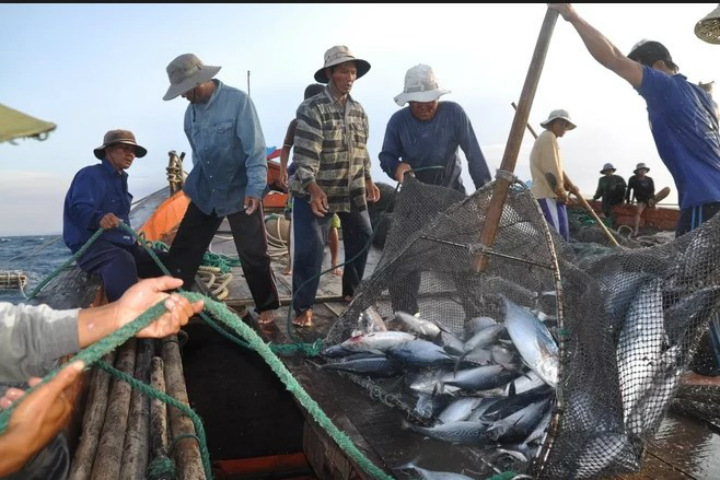
When marine life ingests plastics and other man-made pollutants, it further enters our own digestive system when we consume fish and other seafood. “There were instances where the fibers could actually be seen in the stomach contents as they were being removed,” Dr. Alan Jamieson said. He is a marine ecology professor and he further stated that “the study’s results were immediate and startling.” Deep-sea creatures would eat anything that comes their way as they are highly dependent on the food.
Trapped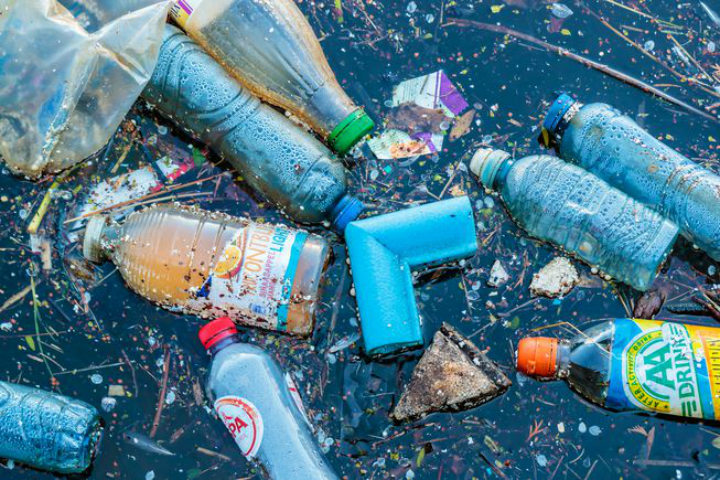
“This is a very worrying find. Isolating plastic fibers from inside animals from nearly 11 km deep just shows the extent of the problem,” Dr. Jamieson said about the conclusion this study had drawn. “This is global,” he added. Plastic waste is present almost everywhere: in the very depth of the Mariana Trench, in the Arctic, in the middle of the great Pacific Ocean, and even the sea animals, the table salt and the beer that humans consume.
Worrying Statistics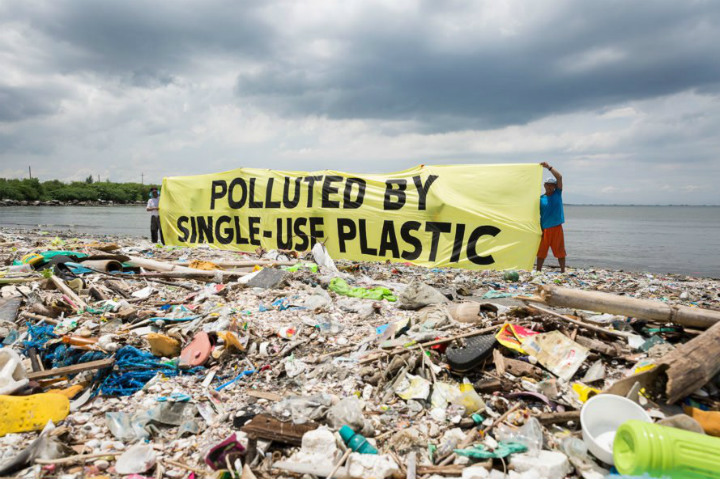
As per the data that has been documented, every year over 8 million tons of plastic makes its way into the oceans all over the globe. 300 million tons of plastic waste is present in the seas and the experts have estimated that there will be more plastic in the seas than fish by 2150. Elena Polisano, Oceans Campaigner from the UK stated that “the seas contain about 51 trillion microplastic particles, which is 500 times more than the number of stars in our galaxy.” She continued “These pollutants are gravely harming over 600 species around the world, which will most probably lead to the sixth mass extinction on Earth if we don’t act fast.”
